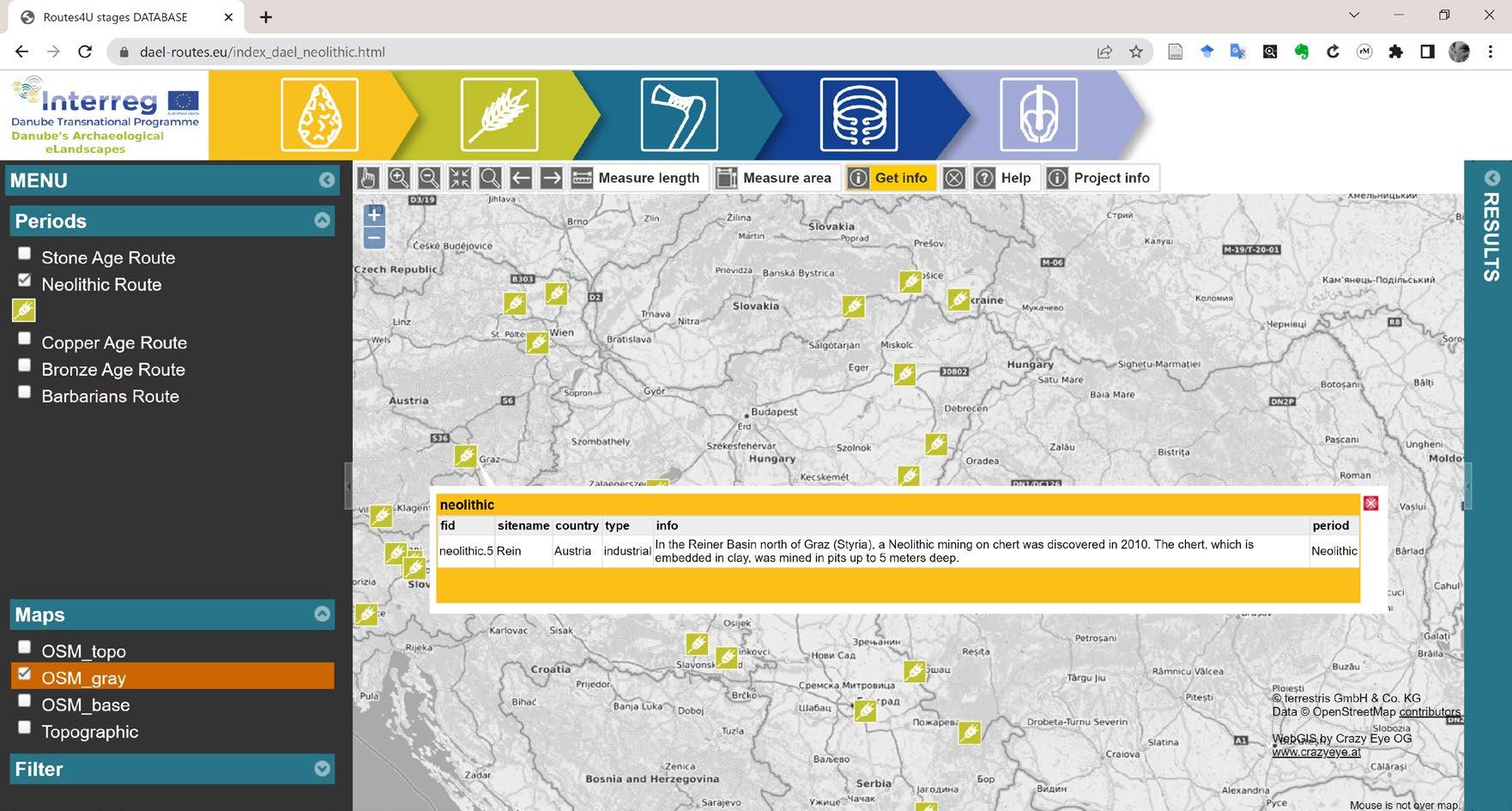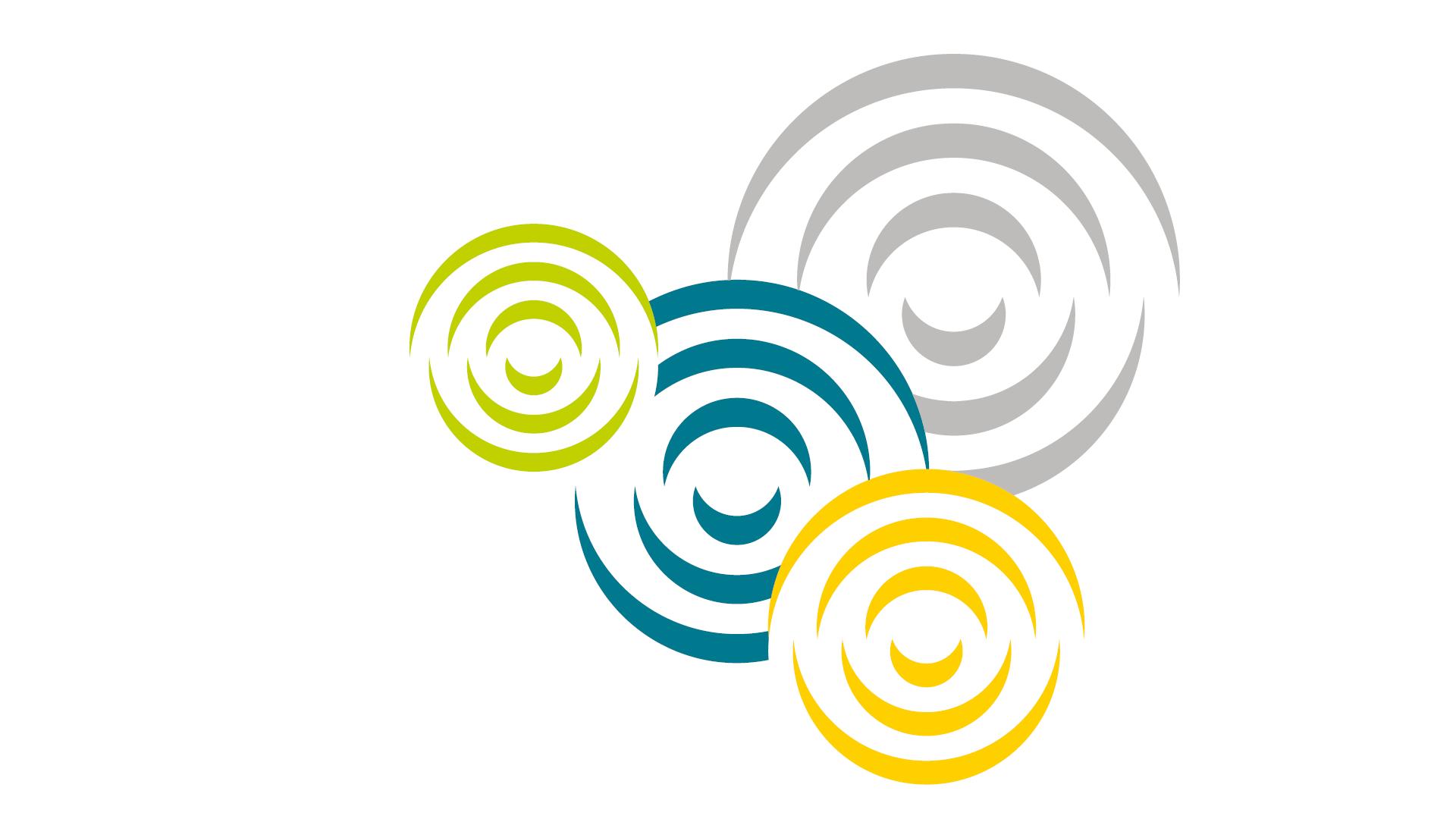
1 minute read
3.2 Activity A.T3.2 – Archaeological routes of the Danube region
3.2 Activity A.T3.2 – Archaeological routes of the Danube region
One of the results of the Iron-Age-Danube project (predecessor project from 20172019) was a proposal by Routes4u in April 2019 to establish a transnational IronAge-Danube route, which by the start of this project needed to be certified by the European Council. The success of certification and functioning of the route strongly depended on strengthening the partnership and the expansion of the route to other countries as suggested in a recent Routes4U feasibility study. Partners from countries, which were not yet involved, joined as members to the Iron Age Danube route and supported the enlargement of the route to other countries by contacting stakeholders and preparing workshops and lectures. The efforts were successful and the Iron Age Danube Route got certified in 2021, with an official certification ceremony held in November 2022 in Zagreb, Croatia.
Advertisement
Since the IAD Route is also a good example for the implementation of such projects, it is also a learning possibility for new partners. Since the establishment of touristic routes is also fostered by the EUSDR, the project partnership decided to explore and present proposals for new transnational routes based on archaeological heritage. Since the partnership covers almost the whole Danube region, proposals will be relevant for future engagements in this field. The activity required the involvement of all partners and was led by ERDF PP 1 (University of Vienna). For these goals a simple database with a public front end was developed, where all partners could add archaeological regions, sites and museums, relevant for new archaeological routes covering other time periods besides the Iron Age and Roman Period (Palaeolithic, Neolithic, Copper Age, Bronze Age and Late Antiquity and Early Medieval Period). The suggestions for new routes are presented online on the front page and in this study done by PP 1.





